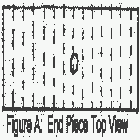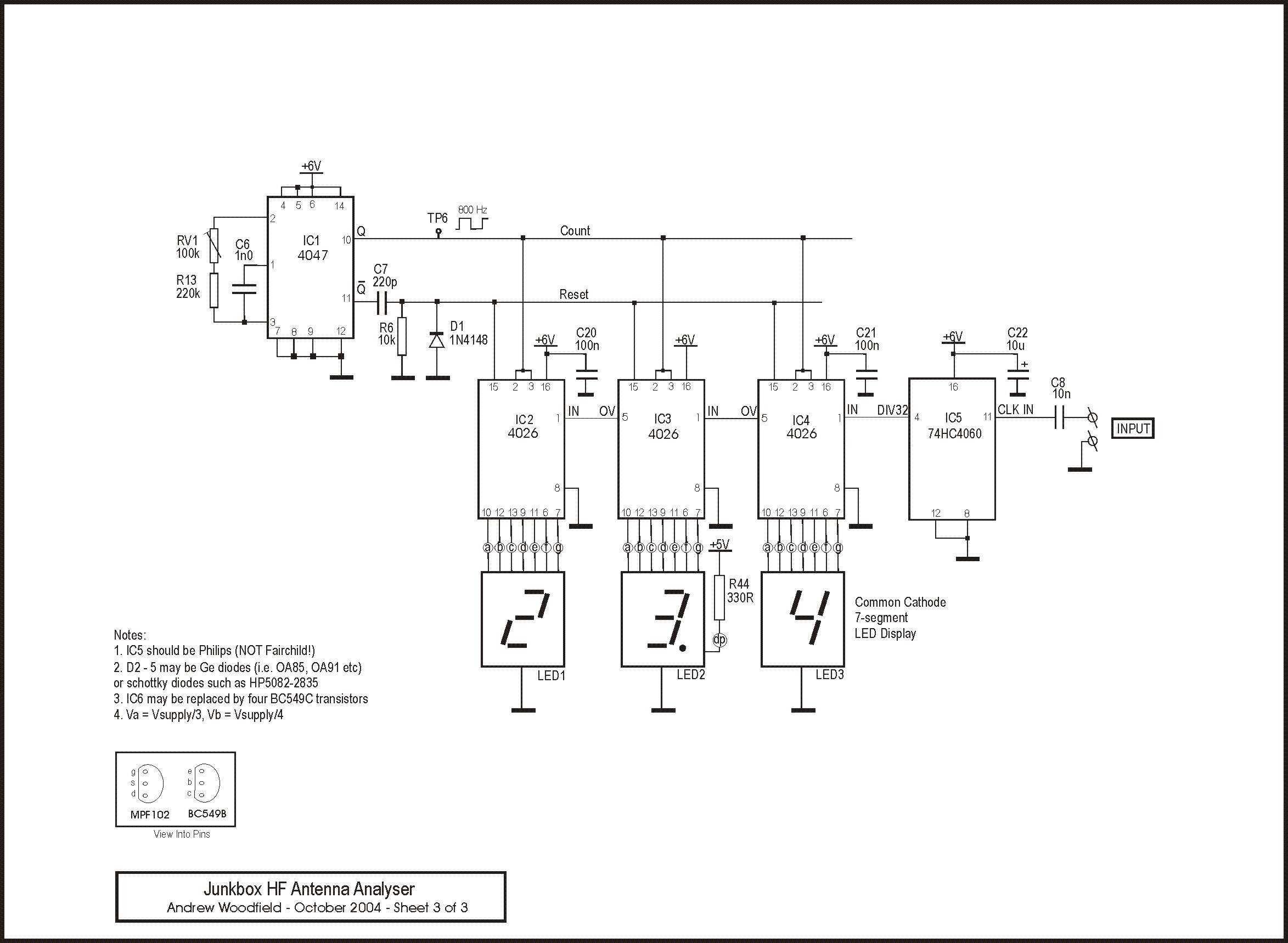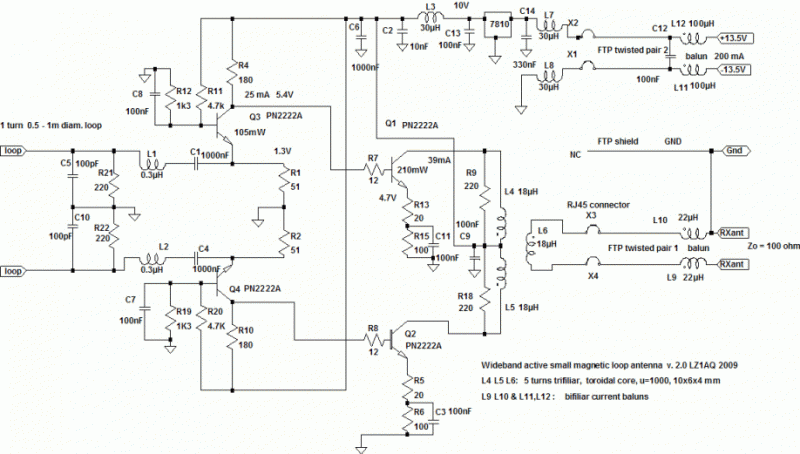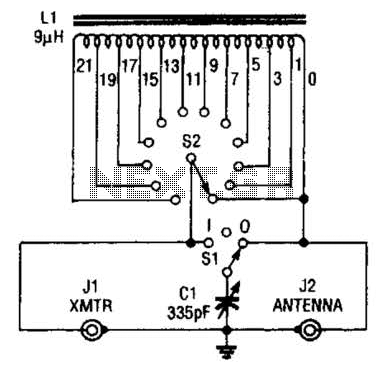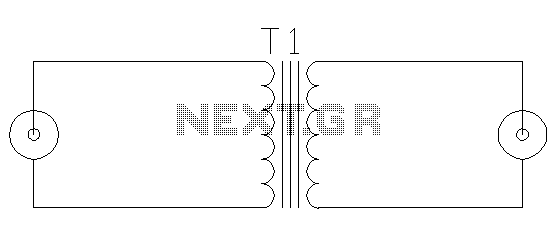
UHF TV Antenna Booster

This is the circuit diagram of a UHF band TV antenna booster with a 15dB gain power. This low-cost antenna booster is simple and easy to build. This circuit is based on the BF180 UHF transistor. The first stage is a band-pass filter constructed...
The UHF band TV antenna booster circuit is designed to amplify weak signals received by UHF antennas, thereby improving the overall quality of the television reception. The circuit utilizes the BF180 transistor, which is known for its high-frequency performance and low noise characteristics, making it suitable for applications in UHF amplification.
The circuit begins with a band-pass filter, which is crucial for eliminating unwanted frequencies while allowing the desired UHF signals to pass through. This filter is typically composed of inductors and capacitors arranged in a configuration that sets the cutoff frequencies. The design of the filter is essential, as it directly influences the performance of the booster by determining the bandwidth and selectivity of the signals being amplified.
Following the band-pass filter, the BF180 transistor is configured in a common-emitter arrangement to provide voltage gain. The transistor is biased correctly to operate in its active region, ensuring linear amplification of the incoming signal. The gain of 15dB indicates that the output signal will be significantly stronger than the input, which is beneficial for overcoming losses that may occur due to cable connections or other environmental factors.
Power supply considerations are also crucial in this circuit. A stable DC voltage is required to power the transistor, and capacitors may be used to filter out any noise from the power supply, ensuring that the amplifier operates efficiently and without distortion.
Overall, this UHF band TV antenna booster circuit is an effective solution for enhancing television signal reception in areas where signal strength is weak, and its simplicity makes it accessible for hobbyists and professionals alike. Proper assembly and component selection will ensure that the circuit performs optimally, delivering improved signal clarity and quality for UHF television broadcasts.This is the circuit diagram of UHF band TV antenna booster with 15dB gain power. This low cost antenna booster is simple and easy to build. This circuit formed based on BF180 UHF Transistor. The first stage is an band pass filter constructe.. 🔗 External reference
The UHF band TV antenna booster circuit is designed to amplify weak signals received by UHF antennas, thereby improving the overall quality of the television reception. The circuit utilizes the BF180 transistor, which is known for its high-frequency performance and low noise characteristics, making it suitable for applications in UHF amplification.
The circuit begins with a band-pass filter, which is crucial for eliminating unwanted frequencies while allowing the desired UHF signals to pass through. This filter is typically composed of inductors and capacitors arranged in a configuration that sets the cutoff frequencies. The design of the filter is essential, as it directly influences the performance of the booster by determining the bandwidth and selectivity of the signals being amplified.
Following the band-pass filter, the BF180 transistor is configured in a common-emitter arrangement to provide voltage gain. The transistor is biased correctly to operate in its active region, ensuring linear amplification of the incoming signal. The gain of 15dB indicates that the output signal will be significantly stronger than the input, which is beneficial for overcoming losses that may occur due to cable connections or other environmental factors.
Power supply considerations are also crucial in this circuit. A stable DC voltage is required to power the transistor, and capacitors may be used to filter out any noise from the power supply, ensuring that the amplifier operates efficiently and without distortion.
Overall, this UHF band TV antenna booster circuit is an effective solution for enhancing television signal reception in areas where signal strength is weak, and its simplicity makes it accessible for hobbyists and professionals alike. Proper assembly and component selection will ensure that the circuit performs optimally, delivering improved signal clarity and quality for UHF television broadcasts.This is the circuit diagram of UHF band TV antenna booster with 15dB gain power. This low cost antenna booster is simple and easy to build. This circuit formed based on BF180 UHF Transistor. The first stage is an band pass filter constructe.. 🔗 External reference
